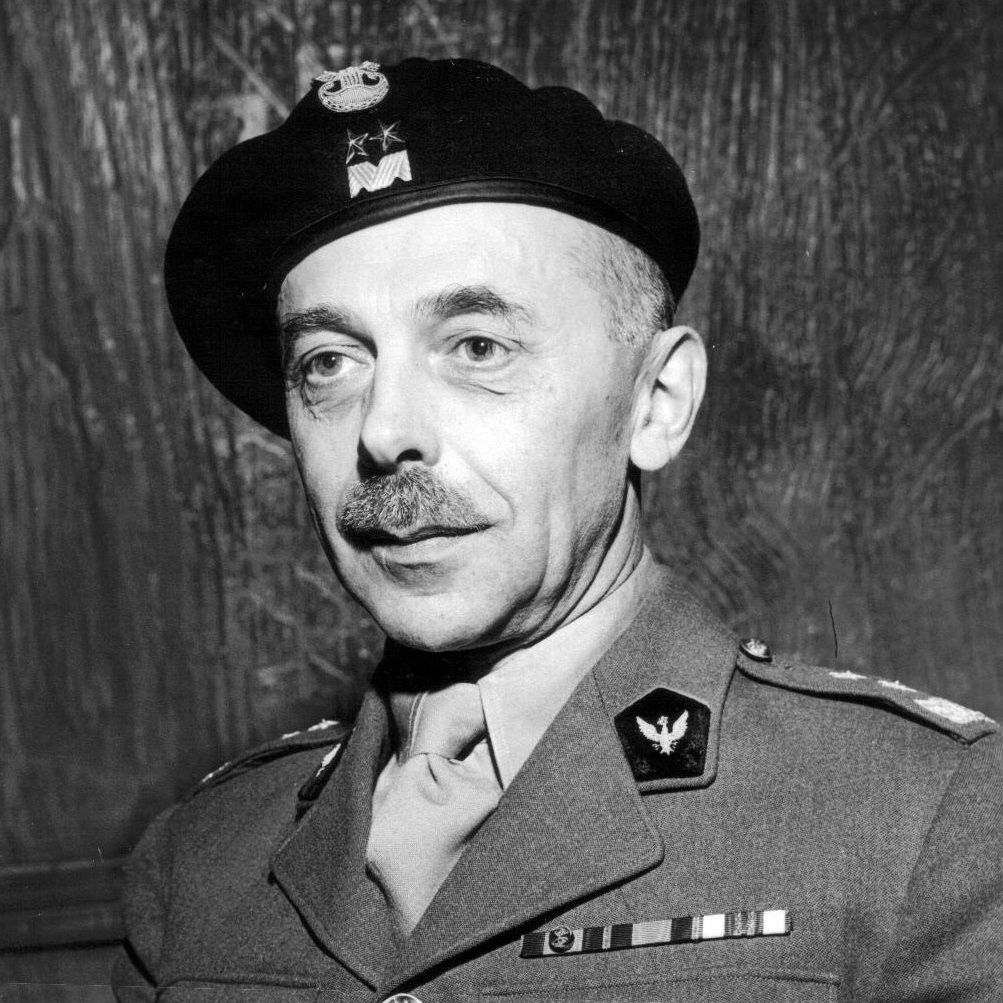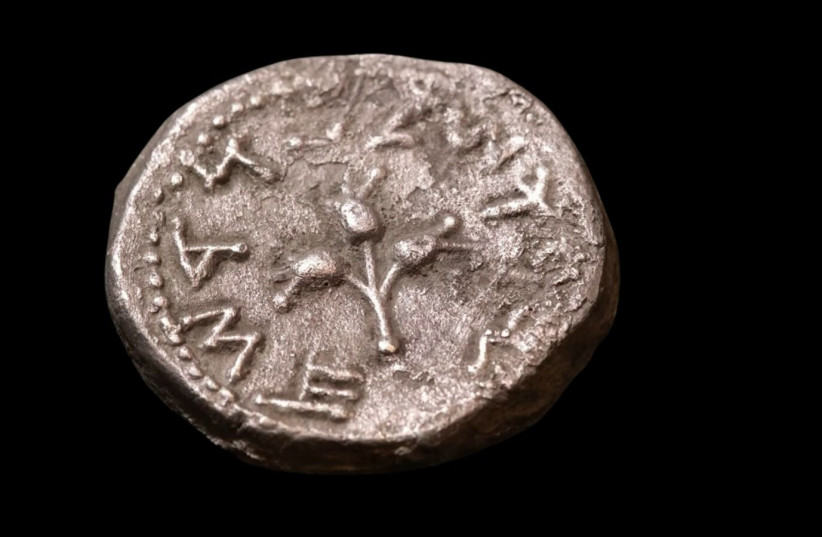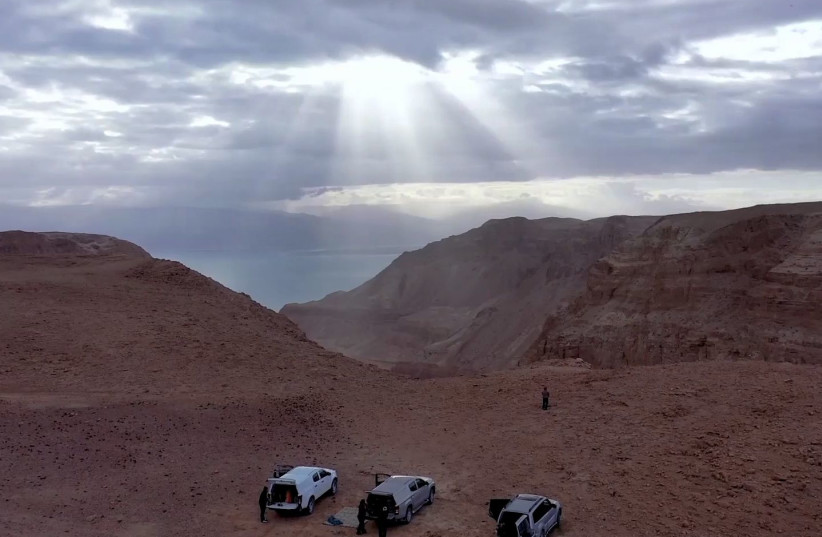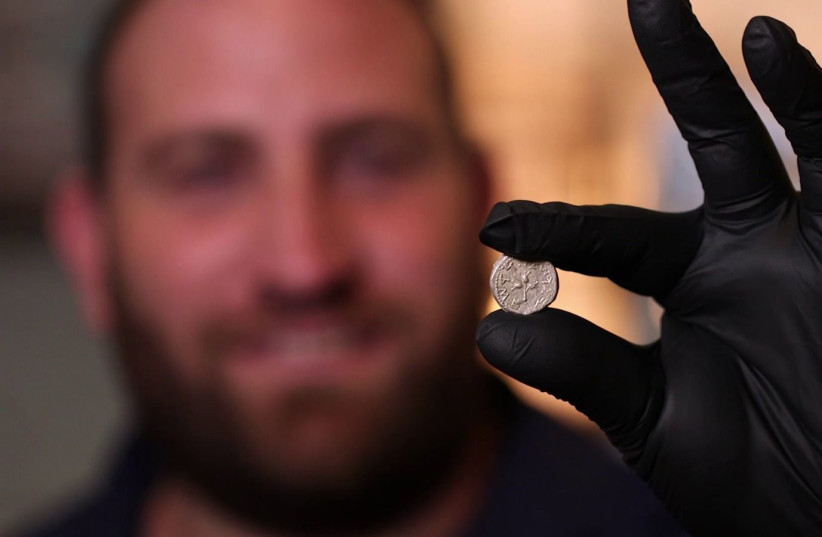 Dowódca Armii Krajowej gen. Tadeusz „Bór” Komorowski. Źródło: Wikimedia Commons
Dowódca Armii Krajowej gen. Tadeusz „Bór” Komorowski. Źródło: Wikimedia Commons
 79 lat temu dowódca AK gen. T. Komorowski „Bór” wydał decyzję o rozpoczęciu powstania w Warszawie
79 lat temu dowódca AK gen. T. Komorowski „Bór” wydał decyzję o rozpoczęciu powstania w Warszawie
mjs/ ls/ skp/
79 lat temu, 31 lipca 1944 r., dowódca AK gen. Tadeusz Komorowski „Bór” wydał komendantowi Okręgu AK Warszawa-Miasto płk. Antoniemu Chruścielowi „Monterowi” decyzję o rozpoczęciu 1 sierpnia 1944 r. powstania. „Po pięciu blisko latach nieprzerwanej i twardej walki prowadzonej w podziemiach konspiracji stajecie dziś otwarcie z bronią w ręku” – głosiło wezwanie.
O podjęciu walk w stolicy zadecydowano 21 lipca 1944 r. na spotkaniu generałów Tadeusza Komorowskiego „Bora”, Leopolda Okulickiego „Niedźwiadka” i Tadeusza Pełczyńskiego „Grzegorza”.
Przez kilka następnych dni trwały konsultacje wewnątrz Komendy Głównej AK, której stanowisko przedstawiono następnie Janowi S. Jankowskiemu, Delegatowi Rządu na Kraj, w celu uzyskania jego akceptacji. Odbyło się także w tym czasie posiedzenie Rady Jedności Narodowej, na którym opowiedziano się za opanowaniem Warszawy przed wkroczeniem do niej Armii Czerwonej.
25 lipca 1944 r. gen. Komorowski wysłał do Londynu depeszę skierowaną do Naczelnego Wodza gen. Kazimierza Sosnkowskiego, w której stwierdzał: „Jesteśmy gotowi w każdej chwili do walki o Warszawę. Przybycie do tej walki Brygady Spadochronowej będzie miało olbrzymie znaczenie polityczne i taktyczne. Przygotujcie możliwość bombardowania na nasze żądanie lotnisk pod Warszawą. Moment rozpoczęcia walki zamelduję”.
Tego samego dnia Rada Ministrów wydała uchwałę, w której upełnomocniła Delegata Rządu „do powzięcia wszystkich decyzji wymaganych tempem ofensywy radzieckiej, w razie konieczności bez uprzedniego porozumienia się z Rządem”. Dzień później premier Stanisław Mikołajczyk polecił ministrowi spraw wewnętrznych przesłać do kraju informację o tym, iż: „Na posiedzeniu Rządu RP zgodnie zapadła uchwała upoważniająca Was do ogłoszenia powstania w momencie przez was wybranym”.
Premier Mikołajczyk, udający się pod koniec lipca na rozmowy ze Stalinem, liczył, że ewentualny wybuch powstania w stolicy wzmocni jego pozycję negocjacyjną wobec Sowietów.
Opinii premiera nie podzielał Naczelny Wódz gen. Kazimierz Sosnkowski, który uważał, że w zaistniałej sytuacji, zbrojne powstanie pozbawione jest politycznego sensu i w najlepszym przypadku zmieni jedną okupację na drugą. W depeszy do gen. Komorowskiego z 25 lipca 1944 r. stwierdzał m.in. „W obliczu szybkich postępów okupacji sowieckiej na terytorium kraju trzeba dążyć do zaoszczędzenia substancji biologicznej narodu w obliczu podwójnej groźby eksterminacji”. Gen. Sosnkowski, jako Naczelny Wódz, nie podjął jednak jednoznacznej decyzji zabraniającej rozpoczęcia powstania.
31 lipca po południu dowódca AK gen. Tadeusz Komorowski “Bór” spotkał się z płk. Antonim Chruścielem, który przekazał “Borowi” nieprecyzyjną – jak się potem okazało – wiadomość o tym, że sowieckie czołgi są już na przedmieściach Pragi. Ta niesprawdzona informacja była jednym z powodów, dla którego wahający się jeszcze “Bór” podjął ostatecznie decyzję, że powstanie wybuchnie 1 sierpnia.
Przebieg kluczowej narady 31 lipca i podjętej wówczas decyzji o wybuchu Powstania Warszawskiego tak w swoich wspomnieniach przedstawił “Bór” Komorowski: “Tegoż dnia komendant Okręgu Warszawa-Miasto, +Monter+, oczekiwany był w kwaterze głównej o godzinie 6 po południu. Zjawił się niespodziewanie o piątej, z wiadomością, że sowieckie oddziały pancerne wdarły się w przyczółek niemiecki, zdezorganizowały jego obronę i że Radość, Miłosna, Okuniew, Wołomin i Radzymin są już w rękach rosyjskich. Po krótkiej naradzie uznałem, że nadszedł właściwy moment do rozpoczęcia walki o Warszawę”.
Tego samego dnia ok. godz. 19 z gmachu przy ul. Filtrowej 68, gdzie mieściła się konspiracyjna kwatera sztabu dowódcy Okręgu AK Warszawa-Miasto, płk Chruściel “Monter” wysłał zaszyfrowaną wiadomość o godzinie “W”. “Alarm – do rąk własnych Komendantom Obwodów (…). Nakazuję +W+ dnia 1.8. godzina 17. Adres m.p. Okręgu: Jasna nr 22 m. 20 czynny od godziny +W+. Otrzymanie rozkazu natychmiast kwitować” – rozkazywał komendant Okręgu AK Warszawa-Miasto. Godzinę wybuchu powstania o 17.00 Chruściel uzasadniał tym, że w popołudniowym tłoku na ulicach żołnierzom podziemia łatwiej będzie niepostrzeżenie dotrzeć na miejsca zbiórek.
Decyzja gen. Komorowskiego została opublikowana z datą 1 sierpnia w “Biuletynie Informacyjnym” w drugim dniu powstania. “ŻOŁNIERZE STOLICY. Wydałem dziś upragniony przez Was rozkaz do jawnej walki z odwiecznym wrogiem Polski, najeźdźcą niemieckim. Po pięciu blisko latach nieprzerwanej i twardej walki prowadzonej w podziemiach konspiracji stajecie dziś otwarcie z bronią w ręku, by Ojczyźnie przywrócić Wolność i wymierzyć zbrodniarzom niemieckim przykładną karę za terror i zbrodnie dokonane na ziemiach Polski. Warszawa, 1.VIII-1944 r. Dowódca Armii Krajowej (-) BÓR”.
W Powstaniu Warszawskim Chruściel był dowódcą całości walczących sił. 9 września 1944 r. skierował list do dowódcy AK gen. “Bora”, domagając się odwleczenia decyzji kapitulacji. Awansowany został do stopnia generała brygady rozkazem Naczelnego Wodza z 14 września 1944 r. “za wybitne dowodzenie i przykład osobistego męstwa w walkach o Warszawę”.
Antoni Chruściel przed I wojną światową działał w ruchu niepodległościowym; w szeregi odrodzonego Wojska Polskiego trafił w grudniu 1918 r. W kampanii polskiej 1939 r. dowodził 82. Syberyjskim Pułkiem Strzelców. Po kapitulacji twierdzy w Modlinie został wzięty do niewoli i osadzony w niemieckim obozie jenieckim w Działdowie (Soldau); w końcu października tego roku został zwolniony.
Od czerwca 1940 r. Chruściel działał w konspiracji. Należał do zwolenników wybuchu powstania w Warszawie, choć zarazem przestrzegał przed skutkami niedostatku broni i amunicji. W Powstaniu Warszawskim był dowódcą całości walczących sił. Po kapitulacji oddziałów powstańczych przebywał w obozach jenieckich w Niemczech, gdzie uwolniły go oddziały amerykańskie.
Po demobilizacji oddziałów polskich w 1948 r. pozostał na emigracji w Londynie. Od 1956 r. mieszkał w Waszyngtonie; tam też zmarł w 1960 r. W 2004 r. jego prochy zostały przewiezione do Polski i pochowane na Cmentarzu Wojskowym na warszawskich Powązkach. (PAP)
Zawartość publikowanych artykułów i materiałów nie reprezentuje poglądów ani opinii Reunion’68,
ani też webmastera Blogu Reunion’68, chyba ze jest to wyraźnie zaznaczone.
Twoje uwagi, linki, własne artykuły lub wiadomości prześlij na adres:
webmaster@reunion68.com





.webp)



